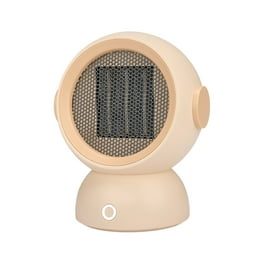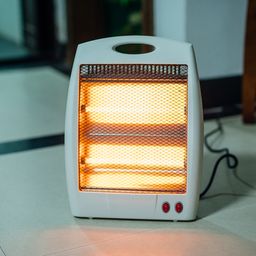The smart Trick of 1 Source Portable Air That Nobody is Talking About
The smart Trick of 1 Source Portable Air That Nobody is Talking About
Blog Article
The smart Trick of 1 Source Portable Air That Nobody is Discussing
Table of ContentsThe Ultimate Guide To 1 Source Portable AirThe Ultimate Guide To 1 Source Portable AirExamine This Report on 1 Source Portable Air6 Simple Techniques For 1 Source Portable AirNot known Details About 1 Source Portable Air
Running costs are based upon an electrical power rate of 40c/kWh. The expenses for 3 months' usage in winter are based upon 500 hours use, or around 6 hours daily for three months. Optimum warmth output is based upon the maximum power level of the versions we've evaluated (we focus on greater wattage heating systems).
This depends on what expense you're taking a look at upfront acquisition, or running cost? Customarily, there are trade-offs with either choice. On average, little fan heating units are more economical to acquire, but can have greater running prices. Oil column heating units will be the most inexpensive on the marketplace to run (generally) yet only by a slim margin in advance of convection heaters (like panel and micathermic panels).
Indicators on 1 Source Portable Air You Need To Know
If you have a reversible ceiling follower, it'll help distribute the warm around the space extra evenly. The designs in our electrical heating systems examination typically range in rate from well under $100 to over $900, however we have actually found a higher rate tag doesn't always mean better performance. A variety of expensive heating units have actually fallen short to impress our testers, while some less expensive designs produce remarkably good buys.
As the name recommends, they radiate heat from a heated heating aspect (so the family members will have to take turns resting in front of it). Radiant heating systems are reasonably inexpensive.
The relatively revealed heating element can be a fire and security threat. An item of apparel dropped over it might ignite, or tiny children playing around a floor design might melt themselves, so be cautious. Radiant heating systems usually set you back in between $20 and $200. Oil-filled column heating units do not really shed oil they use power to warm the oil that's sealed inside their columns or 'fins'.
The 1 Source Portable Air Ideas
Some column heaters aren't even oil-filled but rather utilize various other product or home heating modern technology to function the very same method - 1 Source Portable Air. The threat of fire with an oil column heating unit is low compared to other heater kinds, but never ever zero. Oil heaters don't have actually subjected aspects like radiant heating units do, and their surface area temperature is less than many various other heating system types (their big surface location makes up for it)
Oil column heating systems won't explode, and while they don't shed their oil to create heat, it's still combustible, so there is a fire threat if the oil leaks, if the heating system topple and leakages, or if flammable things or material enter contact or drop on the heating system. You should exercise the very same level of caution with oil heaters when it comes to other heating unit types, and never ever hang towels or garments over one to dry them use try this a drying rack rather, at the very least one metre away.
Column heating systems are specifically helpful in rooms where they'll be turned on for lengthy durations of time or where they'll operate neglected, such as overnight in a bed room. The surfaces you're likely to discuss a column heating unit don't obtain as warm as various other kinds of electric heaters. You can use a ceiling follower on really low speed to aid the column heating unit to disperse the warmth much faster and much more uniformly.
If there's not much air activity (for instance, if you're sitting reading or seeing visit this site television), the warm might not be dispersed evenly. Oil-filled column heaters generally set you back in between $50 and $450. Convection and panel heaters draw cold air over an electric heating aspect. The heated air then leaves the heating system and increases towards the ceiling, while cooler air relocations in to replace it.
The Basic Principles Of 1 Source Portable Air

Convection and panel heating units are more mobile than their oil-filled column heating system counterparts since they're dramatically lighter. Like a column heating unit, you can utilize a ceiling fan on very reduced rate to distribute the warm quicker and more uniformly.

About 1 Source Portable Air
Follower heating units are frequently smaller sized and much more mobile than various other electrical heating units. They likewise come in the kind of tower follower heaters, which can be better for distributing heat around larger areas because of their taller account. They can heat the air in a space extra quickly, equally and promptly than some other heater types.
Fan heating units (ceramic or otherwise) normally price in between $60 and $900. Ceramic follower heaters aren't necessarily any kind of different in price to non-ceramic versions.
Report this page